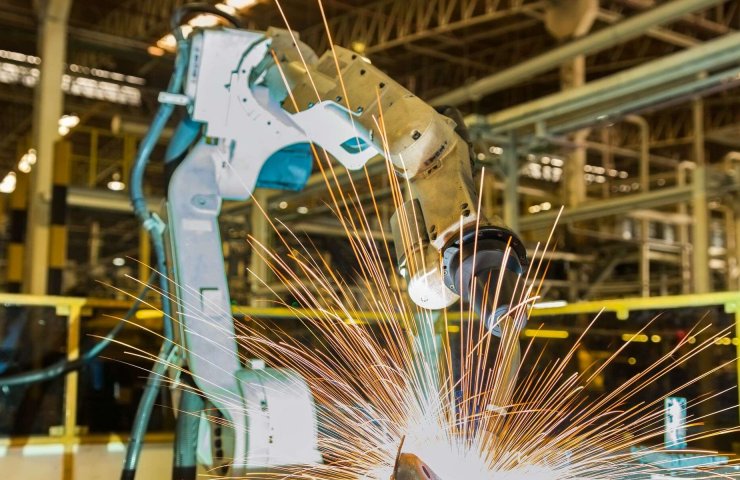University of Sheffield Engineers have developed a new way of making light and high strength steel that can be easily adapted for mass production. In a study published in the journal Nature, a team led by Professor Mark Reinforth and Dr. Junheng Gao from the University's Faculty of Materials Science and Engineering has developed a completely new way of making lightweight, high-strength steel that can be easily adapted for mass production.
Research has shown how ultrafine-grain steels can be produced to provide the world's best mechanical properties. This method allows the production of steel with a strength of almost 2 GPa - for example, wire with a diameter of 1 cm, which can support a weight of 15 tons. The new technology can produce steel with an elongation of 45%, which means that the alloy will be ductile enough to be able to stamp complex shapes.
The secret to the British researchers' success lies in the addition of copper, an element traditionally avoided in steel making due to the detrimental effect it can have on the properties of certain types of steel.
Copper is increasingly found in recycled steel because most of it is produced using recycled cars and other engineering products that contain electrical wiring. Metallurgists are keen to use more recycled materials in their manufacturing process to make their production more sustainable, so it is inevitable that some copper will enter the melt.
To address this issue, the Sheffield team developed a new way to use copper in the manufacturing process to produce the world's best steel. To do this, they needed to understand how copper atoms are distributed in a steel matrix.
Advanced imaging by coauthors from the US National Institute of Standards and Technology (NIST) showed that when heat treated steel during processing, copper precipitates rapidly in the crystalline grains of the steel, rather than at the grain boundaries. This limits grain growth in the microstructure of the material, leaving an ultrafine-grained microstructure that imparts high strength and excellent ductility, but also enhances its thermal stability.
The combination of these properties makes this steel particularly attractive to car manufacturers as they strive to incorporate lightweight components to make their vehicles more efficient in terms of fuel or energy consumption per kilometer.
On average, a car contains 900 kg of steel, so any reduction in this amount will improve the car's performance in terms of environmental impact.
The advantage of using high strength steels is that less material can be used in the vehicle and therefore the overall weight of the components is reduced for the same performance level.




